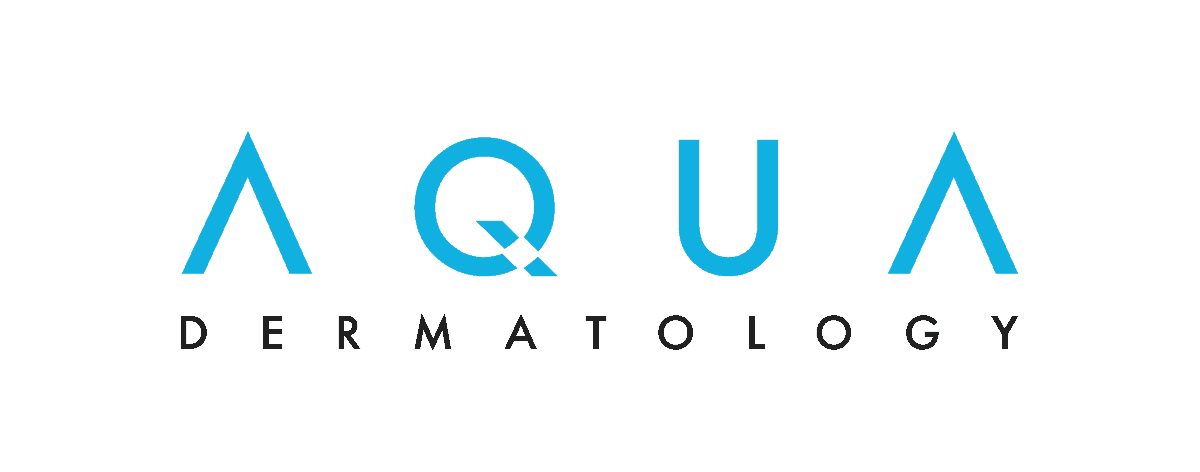Venous Ulcers
Call 561-489-6257
Venous Ulcers
Venous ulcers are painful and potentially dangerous. Without prompt, effective treatment, these open sores may fester, become infected and eat away at the tissues and bone underneath. If and when they do heal, they often return.
The vein doctors at the Water’s Edge Dermatology Vein Center are experts in venous ulcer treatment. They provide state-of-the-art, comprehensive venous ulcer care that allows these leg ulcers to close on their own while reducing the risk of recurrence. Our doctors have successfully and safely treated thousands of venous ulcer patients, including patients who have received ineffective treatments elsewhere.
Venous ulcer causes
Venous ulcers typically occur on the inside lower leg, just above the ankle. The most common cause is chronic venous insufficiency. In this condition, faulty one-way valves in the veins allow blood to pool. This pooled blood increases the pressure in the veins, including the small veins in the skin. Over time, that pressure can break down the skin and the tissues beneath it, causing a venous ulcer.
Venous ulcer treatment
The goal of venous ulcer treatment is to reduce the pressure on the skin and underlying tissues and allow the leg sore to heal.
First the doctor will clean and dress the wound. If the wound is infected, the doctor may prescribe an antibiotic. Next, you’ll be instructed to wear a compression sock or compression stockings during the day to squeeze the area and send pooled blood up the leg and back to the heart. To help this process along, you’ll be advised to elevate the leg as much as possible.
Compression therapy alone will help the ulcer heal over time, but unless you treat the underlying vein condition, you will be susceptible to developing new leg ulcers in the future. Closing faulty veins relieves abnormal venous pressures and also helps the ulcer heal faster.
Your Water’s Edge Dermatology Vein Center doctor will create a customized treatment plan based on the severity of your chronic venous insufficiency. To close larger veins, the doctor may perform radiofrequency ablation (RFA) or laser ablation, or they may use a medical glue to seal the veins in a procedure called VenaSeal. More than one treatment may be needed.
The doctor may also perform ultrasound-guided sclerotherapy (UGS) to close smaller blood vessels that drain into larger veins. UGS is a minimally invasive procedure in which the doctor uses ultrasound to locate the vessels, then injects a foam sclerosant (irritant), which causes them to close.
You’ll be instructed to wear a compression sock or compression stockings in between treatments. After your venous ulcer has healed, the doctor will advise you to continue wearing compression garments every day to help prevent the ulcer from returning.
Venous ulcer treatment before and after photos
Treating the underlying vein condition while treating the leg sore allows venous ulcers to heal faster.
-

BEFORE -

AFTER
If you are experiencing any issues with your legs and would like to be examined by a vein specialist, call 561-489-6257 today to schedule your consultation.





